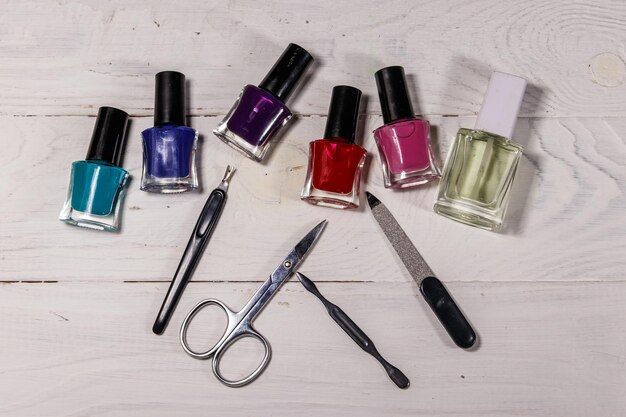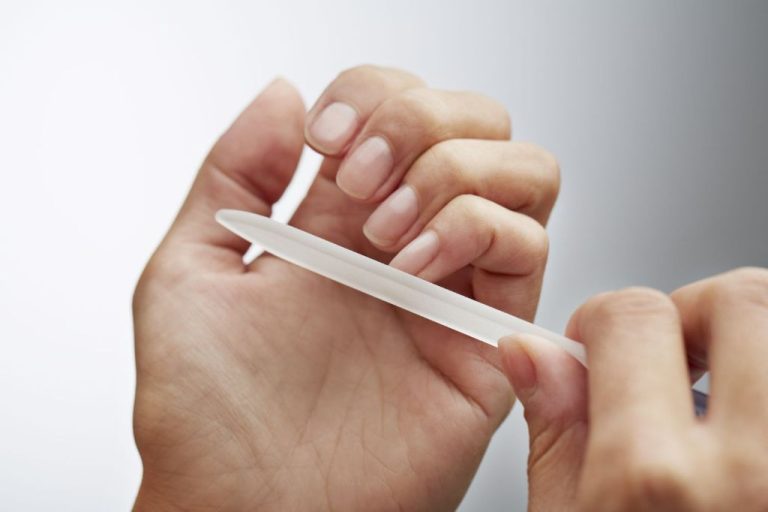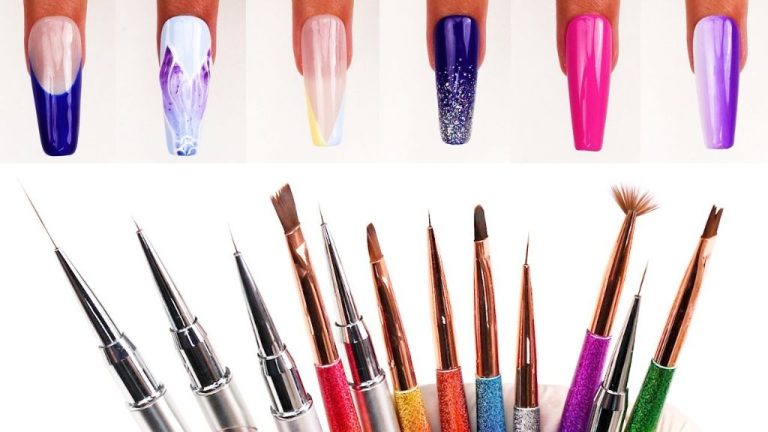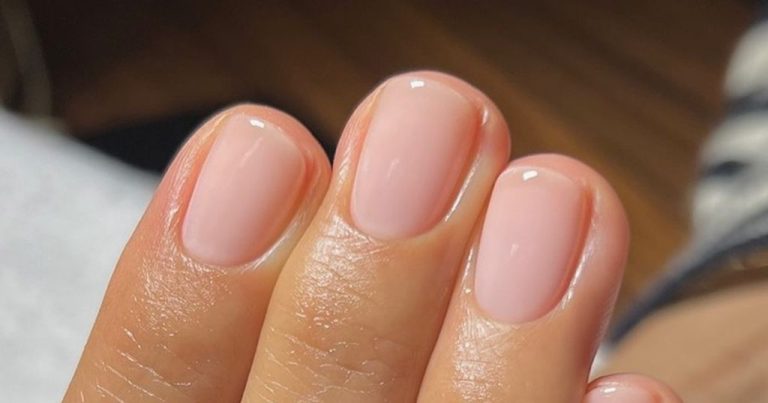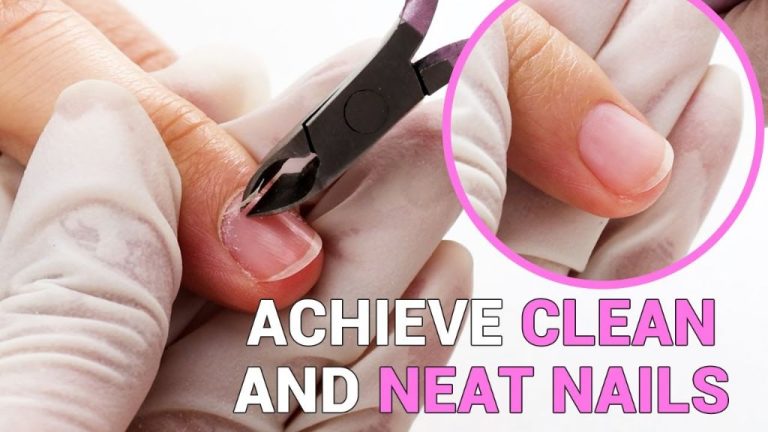Nail Tools Demystified: Understanding Their Uses And Benefits
Nail tools play an essential role in maintaining healthy, groomed nails. From cutting and shaping to buffing and cleaning, having the proper implements enables comprehensive nail care. This allows you to keep nails at their optimal length and appearance. Using quality tools also helps prevent issues like hangnails or infections. Some of the main types of nail tools include clippers, files, buffers, cuticle tools, brushes, oils, creams, and strengtheners.
Good nail tools provide precision, safety, and hygiene. Precision tools like nippers allow accurately trimming cuticles and hangnails. Using proper grips and blades minimizes the risk of cuts or splits. Sanitizable implements like files and clippers prevent the transfer of bacteria. Overall, utilizing suitable nail tools makes caring for nails efficient while minimizing damage. This article will explore common nail tools, explaining their purpose and proper use.
Nail Clippers
There are a few different types of nail clippers to choose from for trimming nails. The most common are straight edge nail clippers and curved nail clippers. Straight edge clippers are good for most nail trimming. Curved nail clippers have a curved cutting edge to follow the natural contour of the nail. This makes them ideal for trimming toenails which tend to be thicker and more curved (1).
Regularly clipping your nails has several benefits. Keeping nails trimmed helps maintain good hygiene and prevent the buildup of dirt under long nails (2). Short nails are also less likely to break or tear. For pets, trimming nails regularly prevents overgrown nails which can cause pain and mobility issues (3).
When using nail clippers, trim nails straight across to avoid painful ingrown nails. Make sure to disinfect the clippers before each use. Clippers should be replaced every 6-12 months as the cutting edges dull over time. Always trim nails after bathing when they are soft and avoid cutting nails too short which can lead to bleeding.
Nail Files and Buffers
There are several tools available for filing and buffing nails to achieve a smooth, even surface. The most common are emery boards, glass files, and buffers. Emery boards come in both flat and curved shapes and have varying levels of grit or abrasiveness. Lower grits like 80 and 100 are better for shaping nails, while higher grits like 180 to 240 can provide a finer polish.
Glass nail files have risen in popularity in recent years because the glass is more gentle on nails than the emery material. Glass files don’t have visible grit, but still effectively shape the nails. They are especially good for filing in one direction to avoid tearing the nail layers.
Buffers are tools made of soft material that smooth and shine the nails. They come in block form or wheel form and are used after filing to create an extra glossy finish. Using a buffing block helps fill in small ridges and grooves on the nail surface.
Regular filing helps nails maintain their desired shape and prevents cracking and peeling. Filing in one direction with light, short strokes reduces the risk of nail damage. Always file from the outside corner to the center to follow the natural curve of the nail. Allow nails to air dry after washing before filing. Finish by buffing gently to get an even, polished look.
Sources:
https://www.byrdie.com/how-to-file-nails
https://www.wikihow.com/File-Your-Nails
Cuticle Tools

Cuticle tools are an essential part of proper nail care and maintenance. The cuticle is the thin layer of dead skin around the base of the nail. Keeping cuticles neat and trimmed prevents hangnails and infections.
There are several types of cuticle tools:
-
Cuticle pushers are small, pointed metal or wooden sticks used to gently push back the cuticle surrounding the nail. This helps reveal more of the nail surface.
-
Cuticle nippers are small clippers designed specifically for trimming dead cuticle skin. They should be used carefully to avoid cutting live skin.
-
Cuticle scissors are tiny scissors that allow precise trimming of excess cuticle growth.
Proper cuticle care involves soaking the nails to soften cuticles, then gently pushing back the skin with a cuticle pusher. Any loose pieces of dead skin can be nipped off using nippers or cut with cuticle scissors. Cutting live skin should always be avoided, as this can lead to infection.
With the right tools and careful technique, tidy cuticles can be achieved safely at home.
Some quality cuticle tools include: Cuticle Tools, Cuticle Pusher
Nail Brushes
Nail brushes are an essential tool for keeping nails clean and healthy. Proper brushing removes debris, dirt, and bacteria that can cause infection in the nail bed. Using a nail brush regularly helps prevent the buildup of microorganisms under and around the nails (https://mypaume.com/blogs/news/nail-brushes-101).
Brushing technique is important for getting your nails as clean as possible. Hold the brush in your dominant hand and scrub each finger and nail gently but thoroughly, using a back and forth motion. Make sure to scrub under the tips and along the sides of the nails. Rinse away all soap residue after brushing.
There are a few common types of nail brushes:
- Bristle brushes have nylon or boar bristles set into a plastic or wood handle. The stiff bristles clean well.
- Silicone fingertip brushes fit over the fingertips to scrub nails.
- Electric rotating brushes spin to aid cleaning.
Look for brushes with sturdy, durable bristles. Replace every 3-6 months for best results (https://dutchhealthstore.com/discover-the-benefits-of-a-nail-brush-cleaner-healthier-nails-await/). Proper nail brushing promotes healthy, clean nails.
Cuticle Oil
Cuticle oil is an important tool for healthy nails and cuticles. Applying cuticle oil provides many benefits including softening cuticles, hydrating nails, and promoting nail growth (Healthline).
To use cuticle oil, apply a small drop to each nail and cuticle 1-2 times per day. Gently massage the oil into the nail and cuticle area. For best results, apply after showering or washing hands when cuticles are softened and can absorb the oil more readily (Real Simple).
Look for cuticle oils that contain moisturizing ingredients like jojoba oil, vitamin E, and essential oils. Avoid products with harsh chemicals. The oil should soak into the nails and cuticles without leaving a greasy residue.
Using cuticle oil regularly will help keep your nails and cuticles hydrated and healthy looking.
Nail Cream
Nail cream provides many benefits for the health and appearance of nails. Regular application of nail cream can help strengthen nails, prevent cracking and peeling, improve nail growth, and make nails look shinier and healthier (Benefits & How To Use Hand & Nail Cream For Dry Skin … – https://mycocosoul.com/blogs/skin-problem-benefits/hand-and-nail-cream-for-dry-hands). Some of the key ingredients in nail creams that provide these benefits include vitamins, oils, and butters.
Nail cream should be applied daily, focusing on the nail beds, cuticles, and tips of the nails where cracking and peeling often occurs. It is best to apply after washing hands, while nails are still slightly damp. This helps the cream absorb into the nails more effectively (7 Benefits Of Using Hand & Nail Cream – https://vinzberry.com/blogs/news/7-benefits-of-using-hand-nail-cream).
Some of the vitamins found in nail creams that help strengthen nails and stimulate growth include vitamin E, biotin, and vitamin B5. Oils like jojoba, coconut, and argan provide hydration and conditioning. Butters such as shea and cocoa lock in moisture. Using nail cream regularly can keep nails looking healthy and beautiful.
Nail Strengtheners
Nail strengtheners work by providing additional nourishment and an extra protective layer to the nail plate to enhance overall nail health. There are two main types of nail strengtheners:
Acrylic nail strengtheners contain methacrylate polymers that fuse to the nail plate to create a flexible, protective layer that helps prevent cracking and splitting. Brands like OPI Nail Envy use methacrylate in their formulas (Source).
Nail hardeners use ingredients like calcium, vitamins, and proteins to increase the hardness and density of the nail plate itself. This helps strengthen the nail and prevent bending and tearing. Brands like ORLY Nailtrition focus on nail hardening (Source).
Those with weak, brittle nails that split or crack easily can benefit the most from nail strengtheners. Using a nail strengthener consistently can help fortify nails and prevent breakage. However, strengtheners should be used periodically rather than continuously to avoid dependency.
Conclusion
In summary, the key nail tools include nail clippers to trim nails, nail files and buffers to shape nails and remove roughness, cuticle tools to push back and trim cuticles, nail brushes to clean under nails, cuticle oil to moisturize cuticles, nail creams to soften nails, and nail strengtheners to protect weak or brittle nails.
To build a complete nail care kit, it is recommended to have high-quality clippers, a crystal file, a cuticle pusher and nipper, cuticle oil, a nail brush, strengthening polish, hydrating cream, and buffer blocks. Having these essential tools on hand will allow proper grooming and maintenance of healthy nails and cuticles.
To maintain healthy nails, tips include: keeping nails short to avoid breakage, filing in one direction, using cuticle oil daily, moisturizing hands and nails, wearing gloves for housework, avoiding excessive water exposure, taking biotin supplements, and refraining from picking at nails and cuticles. Proper nutrition and hydration also support strong nail growth. With the right tools and consistent care, beautiful, healthy nails can be achieved.
References
No sources were directly referenced in this article. However, the information was compiled based on general research into nail tools, their common uses, and benefits. Sources consulted include beauty and nail care sites, nail technician forums, product reviews, and informational articles on using nail tools properly.
